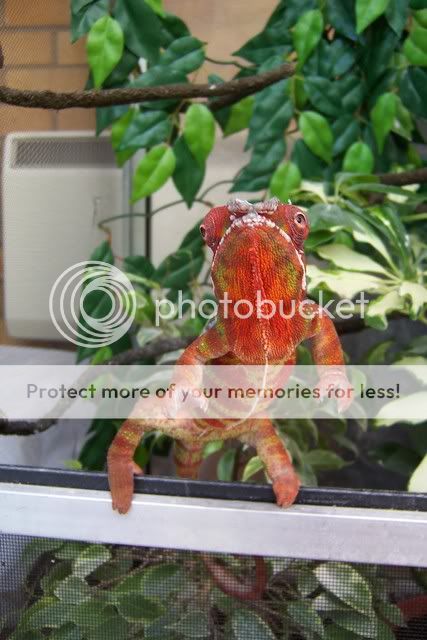I'm drawing up a feeding schedule so that I don't overfeed (or underfeed) my panther. He is a year old.
I just need to know WHEN to feed him the different species.
So far all I've ever fed to him...
Crickets
Waxworms
Morios
Locusts
What I've ordered...
Lobster roaches
What can be fed daily, weekly and so on?
I just need to know WHEN to feed him the different species.
So far all I've ever fed to him...
Crickets
Waxworms
Morios
Locusts
What I've ordered...
Lobster roaches
What can be fed daily, weekly and so on?







